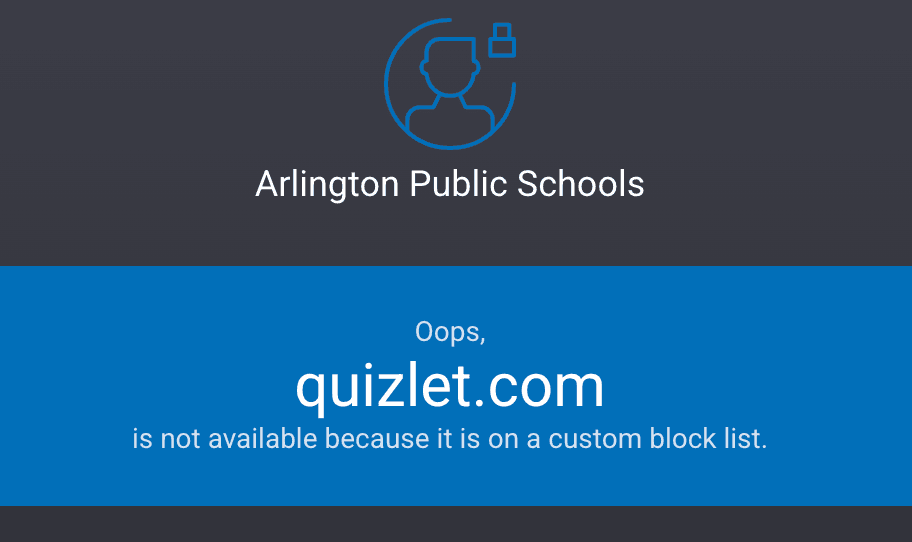The traditional public school grading system has rarely changed since it began over 370 years ago. In this system, students learn material and then demonstrate if they understand it through test taking or projects. Each individual then receives a letter grade for their work. Either the student fails, passes or excels. Just because this system has never changed, does not mean that it should never change. In fact, research has shown-and many students can attest to this-that the traditional grading system is the least effective form of evaluating student comprehension and mastery of a skill.
In light of this research, a new, more effective system has been created. This new system is called Standard Based Assessment (SBA) which uses Standard Based Instruction (SBI). This system has been completely implemented at Discovery Elementary School and this year, it is in a pilot run in a couple classes at Yorktown.
SBA does not use grades to evaluate students’ mastery of a standard. Instead, the system uses four point rubric indicators to show levels of mastery. Level one is no evidence of mastery. Keep in mind, this does not mean failing, all this means is that the standard has not been demonstrated yet. Every student will begin at level one at the beginning of the year or at the beginning of a new topic. Level two means developing mastery. Most students will spend the majority of their time in level two. This means they have learned the material and will continue working on understanding it and demonstrating mastery. Level three means meets the standard: this is where a student should be by the end of the year. The standard being what is required by the Student Educational Agency (SEA) for each student of every grade. Now, there is a fourth level which means exceeds mastery. The fourth level is mainly beneficial to educators to indicate if their methods are not challenging enough or, possibly, if few to no students ever produce a four, their methods are too challenging.
Keith Reeves, the Educational Technology Administrator at Discovery Elementary and longtime advocate for SBA, spoke passionately on the subject.
At Discovery Elementary, the theory in place is called “Omni-modal Assessment.” This means that all modes of assessment are valid, all ways of understanding are acceptable.
“How SBA works is [educators] use all the mechanisms at our disposal to evaluate if the student has the skill asked of by the SEA… The uni-modal method — for example the standardized test — discriminates against all these other ways of knowing. It shuts out learners and their creativity. It shuts out certain preferences in learning and expression which isn’t fair. SBA is more child centered, it is better for kids. Traditional grading says that the way some kids understand the system is okay and other kids are not okay. It’s intrinsically discriminatory,” Reeves said.
SBA is beneficial for many reasons. It does not inhibit creativity, as it accepts all methods of learning has an extremely positive effect on mental health and children’s self-esteem.
“It is non-discriminatory and allows all students to demonstrate their skill mastery regardless of the modality they select… It empowers students with student choice…It doesn’t require teachers and squish them down to a very narrow way of understanding their children,” Reeves said.
The big draw of SBA is that a child will not be penalized for learning at a slower pace. In traditional grading, a report card grade is a cumulative score of all assessments. In SBA, as long as a student meets the standard by the time they should, none of the other “scores” matter. The time it took them to understand it does not matter. This system focuses on a child’s understanding and actual learning of material versus the percentage they receive.
Yorktown has recently adopted SBA in some classes. A few of the Advanced Placement (AP) sciences and English classes have begun to use it as well as a couple 9th grade classes. However, because Yorktown is a traditional school, students standards will eventually be converted into grades, thus defeating the true purpose of SBA.
“This is not a grading system. It is no grade. Grades are rankings, grades say good to bad, they’re judgements statements. SBA is not grading system. The letter grade conversion YHS is participating in is a grading system. SBA is not grading at all. [Discovery School] shuns that kind of artificial, inaccurate, irrelevant nonsense in favor of researched based, accurate practices that tell kids and families what they need to know which is either: they haven’t shown me, they’re working on it, they’ve got it and then on top of that, they’ve got it to a whole another grade level,” Reeves said.
SBA focuses on developing and educating young minds. The traditional system focuses on grades and percentages. In the traditional system, student do not actually seem to care about understanding the material as long as they can pass the test. SBA ensures that children actually learn by allowing them to use whatever mechanisms they are most comfortable with.
“In traditional grading, the mechanism that was utilized for demonstrating mastery of that skill defined by the standard was something like a quiz. If you couldn’t do that, then you couldn’t pass the standard… the big difference between traditional grading and omni-modal standards based assessment says that any way a student can authentically demonstrate the skill is valid in SBA and is not in traditional grading,” Reeves said.
SBA celebrates different learning styles and allows children to be creative and thus fully grasp each standard. SBA distances itself from the close-mindedness of the traditional grading system. It emphasizes the fact that children are more than a percentile. SBA works to bring the love of learning back in place of the stress of getting a good grade.





































